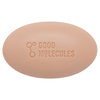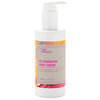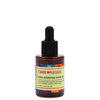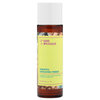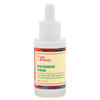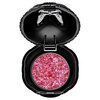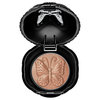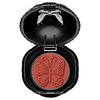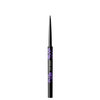
Ready to roll? Whether you want bouncy waves, soft ringlets, or coiled curlicues, your perfect twisted hairstyle is a fold away! We asked celebrity hairstylist John D—clients include Natalie Portman, Selena Gomez, and Maya Rudolph—to break down popular rolling tools and techniques so you can get any curl you crave.
TYPES OF ROLLERS
John notes electric irons and wands are the fastest way to get a quick curl, but he still uses four main types of physical hair rollers on clients. Thin, flexible rod-style rollers create spiral-shaped coils. Thermal rollers, which are heated before application, lock in a wave pattern as they cool. Soft foam rollers are used to create soft, bouncy curls. "These are the comfiest rollers to sleep in—just protect your set with a light scarf while you snooze!" advises John. Lastly, velcro rollers add volume, luster, and a swooping bend at the ends.

WHICH ROLLER TO CHOOSE FOR YOUR HAIR
The roller you select depends on your natural hair texture and the type of hairstyle you're after. If you want to give naturally curly hair a more consistent wave pattern, choose a pliable rod-style roller. For softer coils, hot rollers or foam rollers are the ideal option. And for extra polish and bounce, use velcro rollers after your blowout. "Typically, you can use all types of rollers on dry hair, but rod-style rollers will also work when hair is damp as well," says John. Wrap no more than one-inch sections around each roller to get a proper curl. Remember: the bigger the section, the looser the curl.
EXTRA ROLLLING TIPS
SPLIT IT UP
Create symmetrical curls on each side of your head by evenly sectioning off your hair before you begin to roll. Separate your scalp into five sections with a comb and roll section-by-section, starting with the bottom up.
TICK, TOCK
Whether hot or dry, rollers need ample time to set their curl in your stands. Allow at least an hour of roll time for the proper shape.
MIRROR IMAGE
Problems rolling the back of your hair? Bring in a second mirror to tackle trouble spots. "Use both mirrors to set up your point of reference and the process will go a lot smoother!" says John.



